Saranac Laboratory Museum
A former infectious disease laboratory chronicles how tuberculosis shaped a village nestled in the Adirondacks.
Nestled in the Adirondacks is the village of Saranac Lake (which, interestingly enough is actually along the shores of Flower Lake– though a lake called Saranac Lake is nearby.) The history of the village is deeply intertwined with one of humanity’s most deadly foes: tuberculosis.
For much of human history, there were no effective treatments for tuberculosis. The Victorian era saw great advances in medicine, including some early treatments for the disease. In Prussia, Hermann Brehmer was pioneering the “rest cure,” which called for tuberculosis patients to relocate to cool mountainous regions and rest in the crisp, clean air to promote healing.
During this period, some Americans suffering from tuberculosis sought similar treatment in remote areas with cleaner air than the cities. One such person was Edward Livingston Trudeau, who came down with tuberculosis at age 19. He relocated from New York City to the Adirondacks to rest and heal in the clean mountain air. Trudeau made a full recovery. After learning about the “rest cure” being practiced in rural sanitoriums in Europe, Trudeau set out to bring this treatment to American patients.
In 1876, Trudeau began a medical practice at Saranac Lake. In addition to the clean air that American tuberculosis patients had been seeking in rural America, Brehmer’s treatments included patients spending much of their time sitting outdoors, preferably in cooler mountainous areas. Many of the homes around Saranac Lake became used as “cure cottages,” with long wraparound porches where patients could sit and enjoy the restorative mountain air.
In 1882, a German researcher, Robert Koch, published his findings on the cause of tuberculosis. He discovered that the disease was caused by a specific species of bacteria. Trudeau had set up a small laboratory in his home and began to study the bacteria, in hopes of finding a cure. Trudeau worked out of his home laboratory until it caught fire in 1893. Within a year, Trudeau replaced his cramped home laboratory with a building that still stands today: the Saranac Laboratory. This was the first laboratory in the United States that was desiccated solely to the study of tuberculosis.
Over time, the laboratory began to broaden its scope. It began research on other respiratory diseases and infectious diseases. In 1964, the laboratory moved its operations a few miles away to the newly built Trudeau Institute, which continues to operate as an infectious disease research lab. The original Saranac Laboratory building was used as a classroom and dormitory until 1998, when Historic Saranac Lake began restoration on the building.
After a decade of restoration work, Historic Saranac Lake opened the Saranac Laboratory Museum in 2009. Today the site chronicles the history of the laboratory, tuberculosis research and treatment, and the people of Saranac Lake. It is informative and eye-opening, and the human aspects of the museum are shown in a meaningful way that offer a sense of connection to the people who once called this village home.
Know Before You Go
The Saranac Laboratory Museum is open year round. Current admission costs and hours of operation are available on the museum's website.








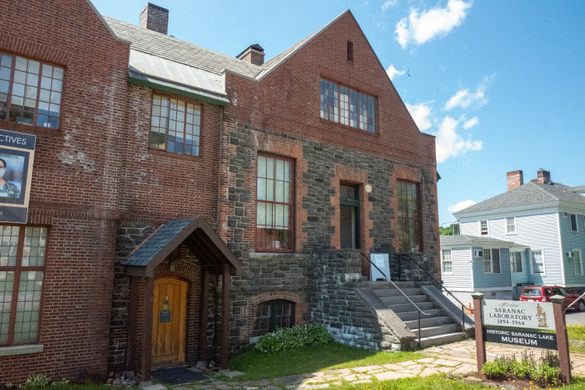
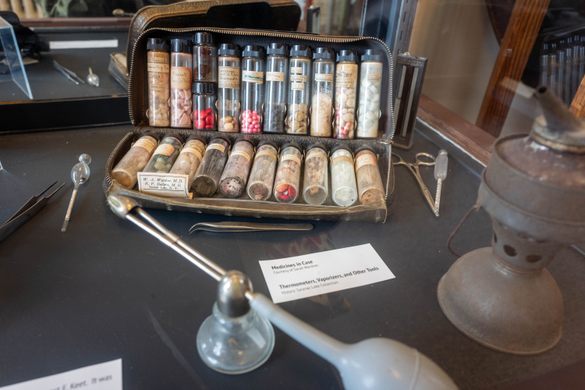
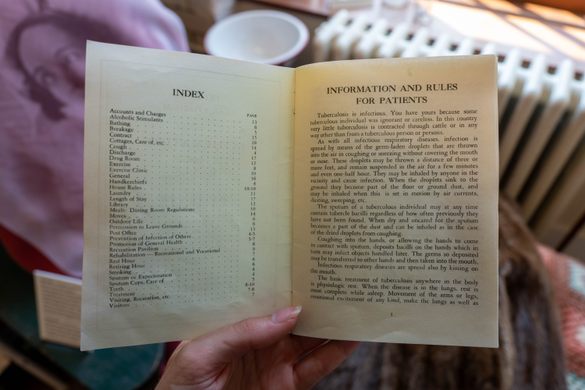
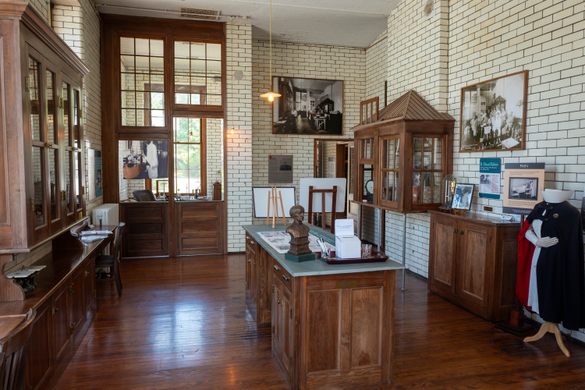
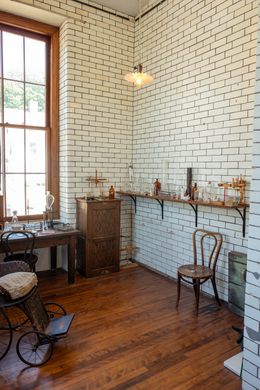



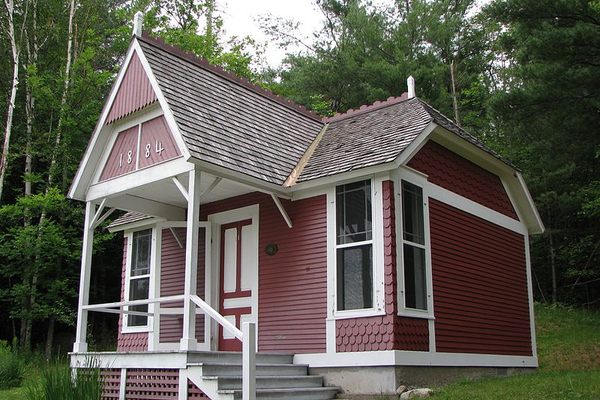
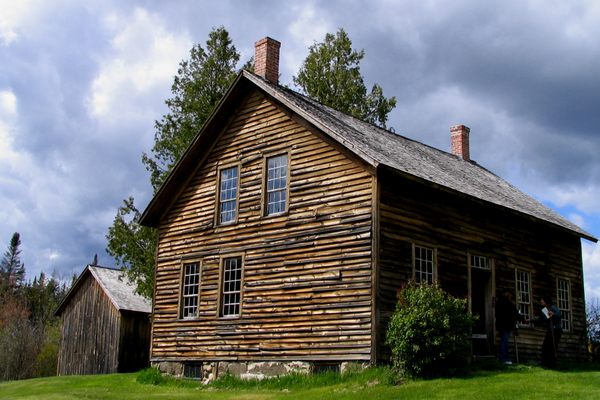
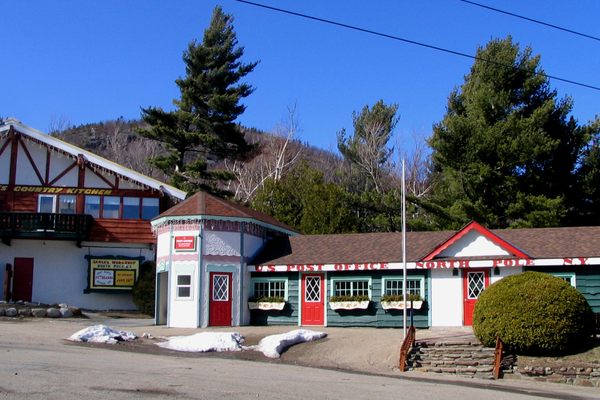

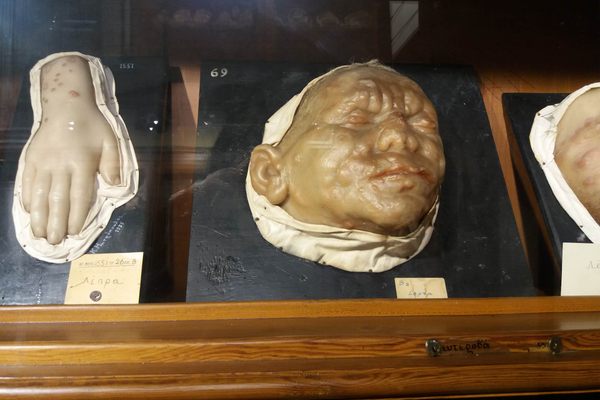

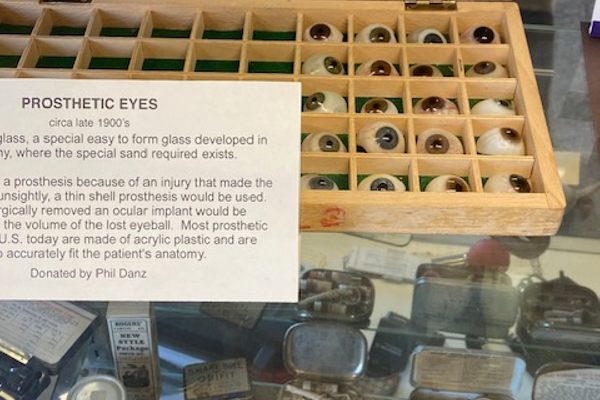
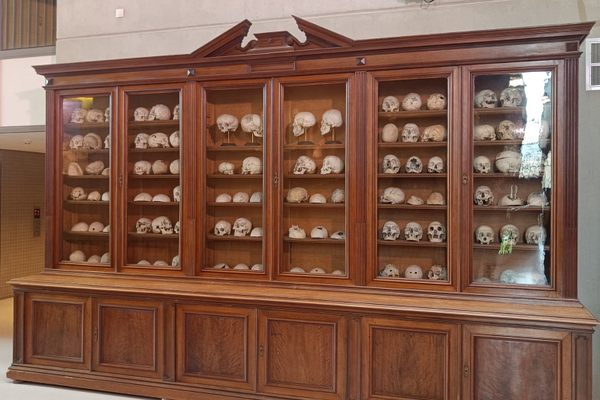

Follow us on Twitter to get the latest on the world's hidden wonders.
Like us on Facebook to get the latest on the world's hidden wonders.
Follow us on Twitter Like us on Facebook